
Nakhl Gardani
Iranians commemorate the anniversary of Imam Husian’s martyrdom on the Day of Ashura. This ritual has taken special forms and methods in different parts of Iran in alignment with the culture of each region. Yazd’s mourning rituals in Muharram demonstrate a special and unique manifestation of their devotion to Imam Husain (AS). Nakhl Gardani is one of the oldest and most symbolic mourning rituals of the people of Yazid.
What Is the Symbolic Meaning of Nakhl Gardani?
According to the belief of the people of Yazd, this ritual is a symbolic funeral for Imam Hussain (AS), and the Nakhl is his symbolic coffin. The Nakhl is a coffin-like chamber that is carried to places such as mosques and husayniyyas where mourning takes place. The Nakhl is usually covered with black cloth and also decorated with other items.
There are certain beliefs among the people about Nakh Gardani. For instance, it is believed that barren women can have children by passing under the Nakhl, or that sick children who pass over it will be cured. According to common beliefs, if the Nakhl hits the wall of a house while passing through an alley, something unpleasant will happen to the people of that house, and the owner of the house must sacrifice a sheep to avoid it.
The Shape of the Nakhl
The appearance of some Nakhls is checkered and like a cypress tree. The structure of the Nakhl consists of a wooden frame with a floor on which there are eight to 20 wooden beams and timbers and four to 12 long wooden columns. The main body of the Nakhl is made by connecting several pieces of wood and for this reason, it usually looks meshed. The height of the base of the Nakhl is about 40 to 50 cm above the ground to make it easy for the mourners to lift it.
Having a wooden structure, and after adding the decoration, the weight of some Nakhls, such as the Amir Chakhmaq Nakhl, is several tons, and lifting it requires the presence of more than 100 strong men.
History of Nakhl Gardani
According to some historians, the history of this ritual dates back to before Islam and the Sassanid era (224 to 651 AD). During this period, people mourned for Siavash (legendary warrior of Iran) and picked palm trees during the mourning rituals. However, according to a stronger opinion, the background of this method of mourning is related to the Safavid era (1501 to 1736 AD). The reason why this symbolic coffin was named “Nakhl” is not very clear, but according to some people, since Imam Husain (AS) was carried to the burial place on the branches of a palm tree, his symbolic coffin was also called “Nakhl”.
Amir Chakhmaq Nakhl, which is also called “Nakhl-e Haidariha” and is preserved in the Amir Chakhmaq Husayniyya is about 450 years old.
How Is Nakhl Gardani Performed?
The process of preparing and decorating the Nakhl, which is referred to as “Nakhl Bastan”, usually begins on the first day of the month of Muharram and continues for several days and is completed before the ninth day of the month, i.e. Tasua. In addition to using green and black fabrics, flowers, boxwood, mirrors, ornaments, and war tools such as swords, daggers, shields, and helmets are also used for decorating the Nakhl.
The ritual of Nakhl Gardani is done at a certain time of the day, depending on the customs of each region, but the most important time for performing this ritual is noontime on the day of Ashura.
Those who intend to carry the Nakhl, usually tie a piece of cloth on one of their shoulders so that they will be able to carry it for a longer distance. An old and experienced person, usually a sayyid, is in charge of leading the group, who usually stand barefoot around the palm tree, and on his command, lift the Nakhl while chanting “Ya Husain” and move towards mosques, husayniyyas, city squares, and different neighborhoods. In addition to the person who stands on top of the Nakhl, several other people move in front of it to control the crowd.
Once the Ashura mourning ceremony is over, the Nakhl is returned to the place where it is kept until the next ceremony, and all the ornaments are removed. This job is usually the responsibility of a specific family and passes from one generation to the next.
The ritual of “Nakhl Gardani” has been inscribed on the list of Iran’s intangible national heritage.
| Name | Nakhl Gardani |
| Country | Iran |
| State | Yazd |
| Type | Religious |
| Registration | National |
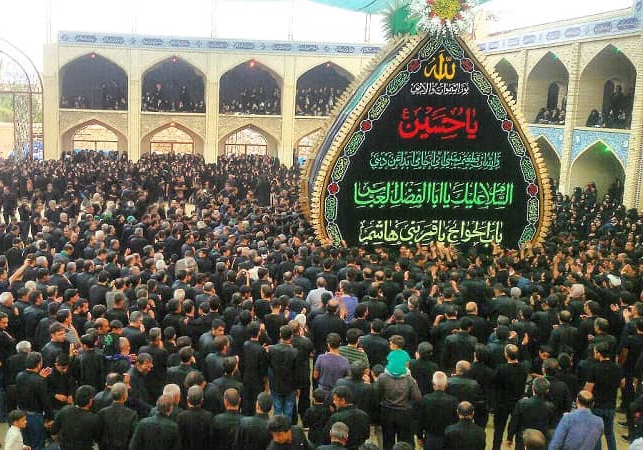
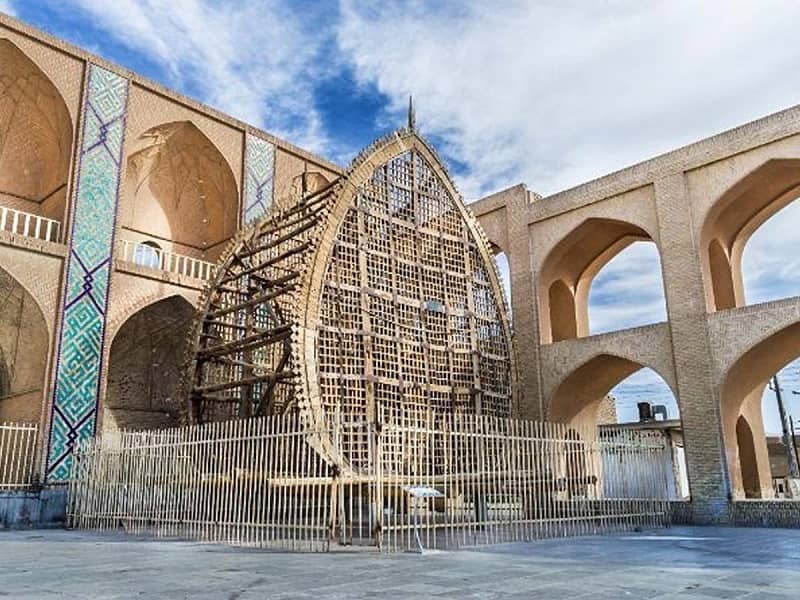
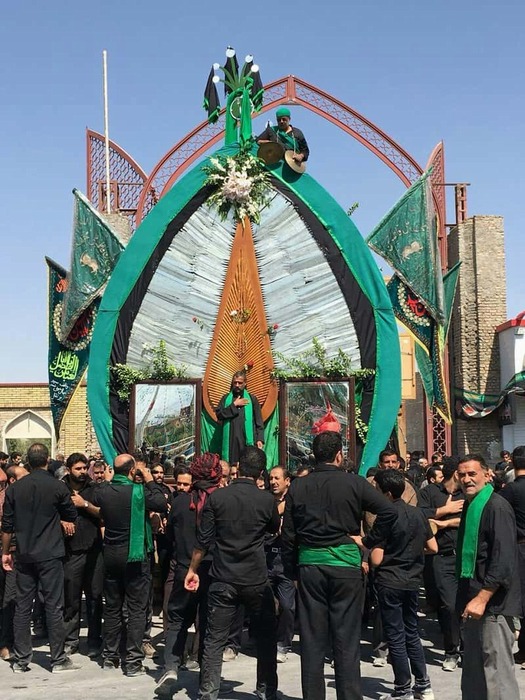



Choose blindless
Red blindless Green blindless Blue blindless Red hard to see Green hard to see Blue hard to see Monochrome Special MonochromeFont size change:
Change word spacing:
Change line height:
Change mouse type:
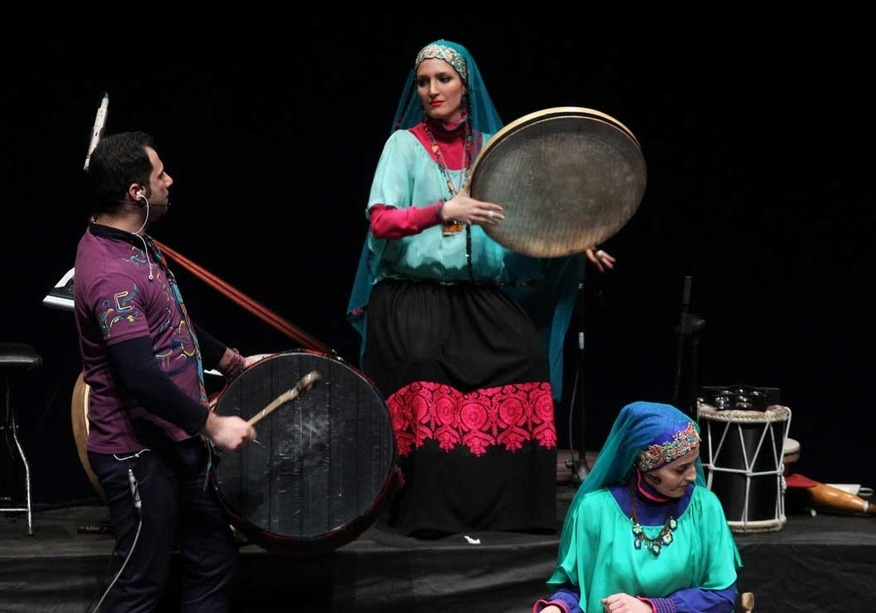
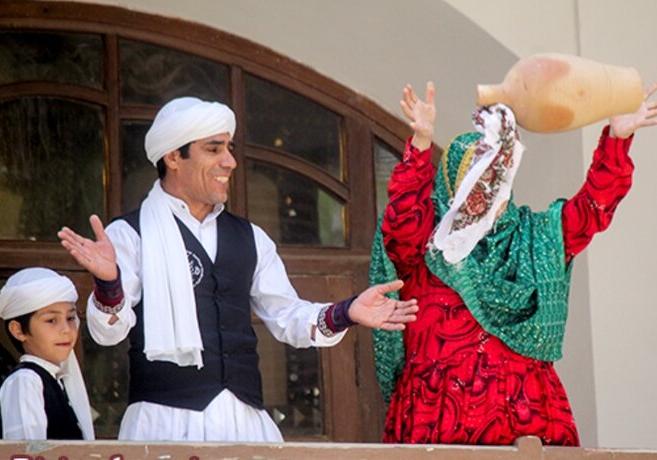
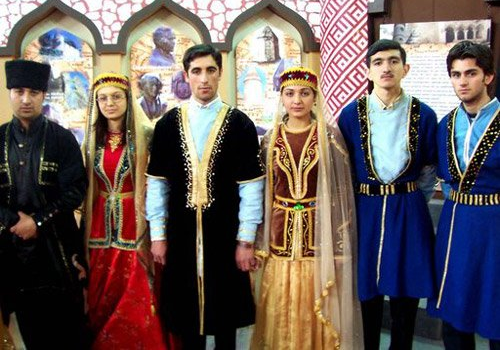

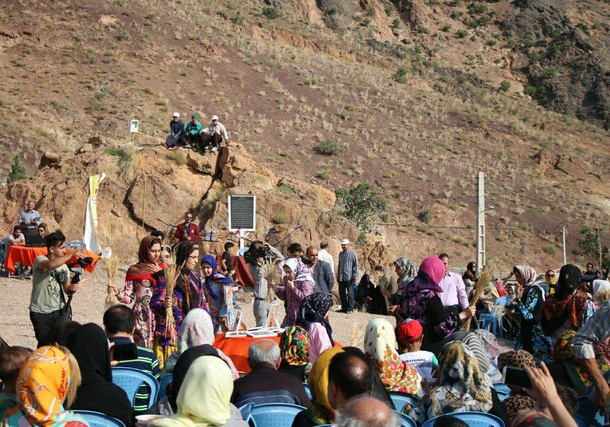
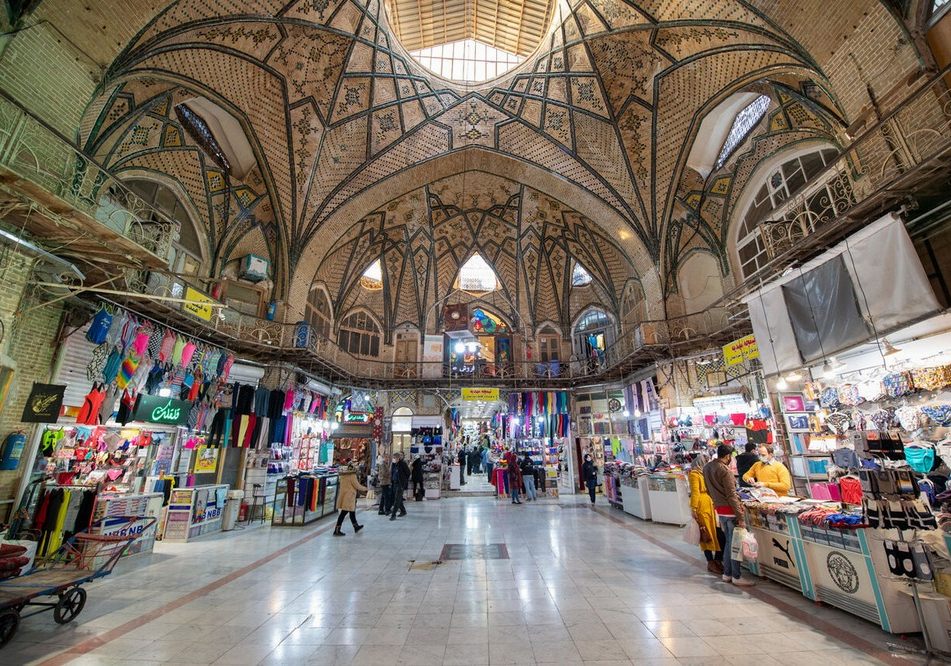

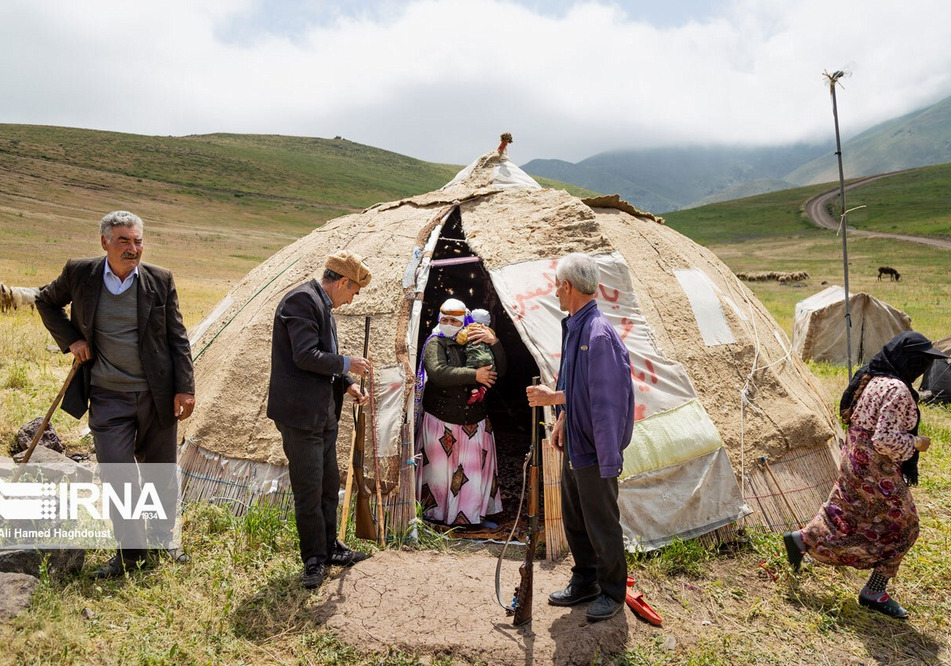
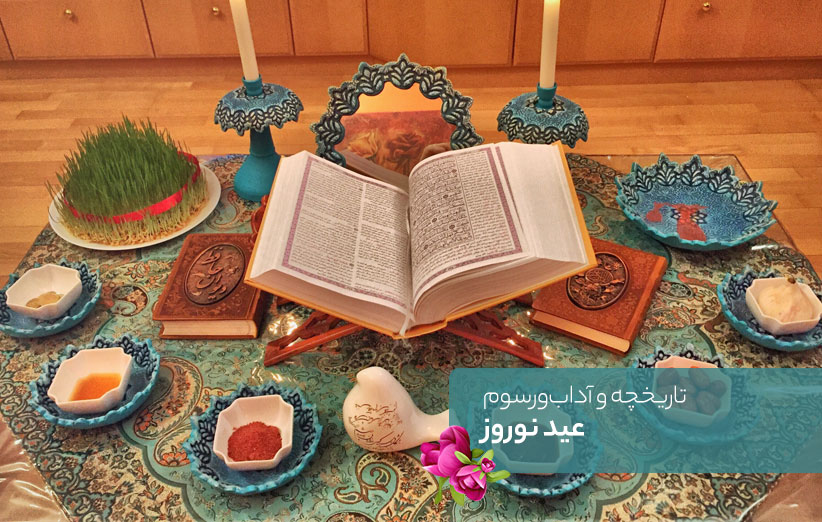
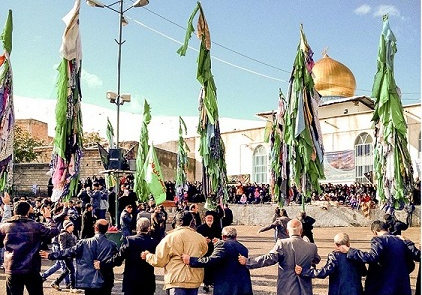

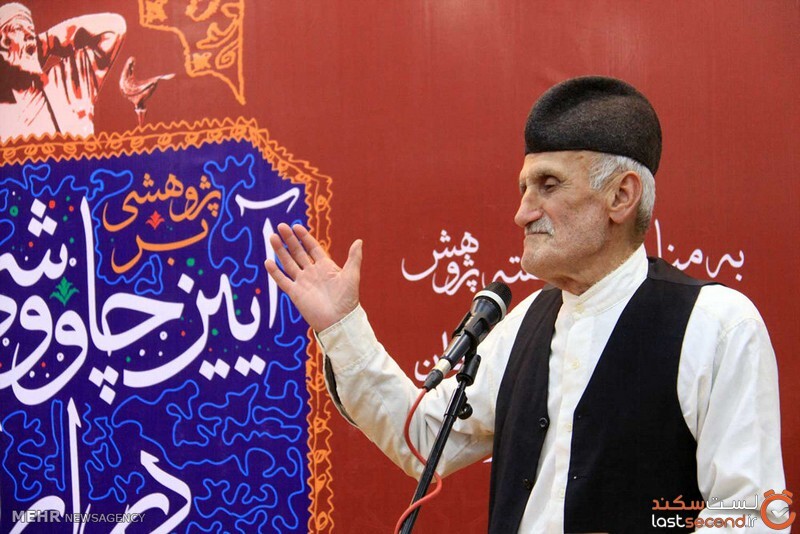
-5-th4_3.jpg)

